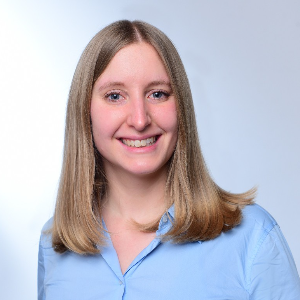Title : Engineering of the IsoStretcher biomechatronics platform into a bioreactor environment for autonomous visualization of live cells under isotropic mechanical strain
Abstract:
Many cells in the human body are exposed to mechanical stress. The stress trig- gers a response in mechanosensitive ion channels (MSCs, e.g. Piezo1 [1] and TRP-channels [2]), which are embedded in the cell membrane. MSCs are correlated to diseases such as deafness [2], osteoporosis [3] and heart failure [4]. Therefore, it is important to examine the- se channels and their reaction to stress in detail. Ion channels can be tagged, for example, with GFP (green uorescent protein) and thus, be studied using uorescence microscopy. Another approach is using ion indicators like Fluo-4 (for calcium), to study ion in ux into living cells. For this purpose, a device was developed at the Institute of Medical Biotechnology (FAU), the IsoStretcher, which applies isotropic strain to a PDMS membrane via six pins, which are driven apart radially using an iris-like actuation mechanism [5]. Adherent cells (such as HEK cells) can be cultivated on this membrane, will stick to it and are ready for mecha- notransduction studies. Stretching of non-adherent cells (such as cardiomyocytes) is possible through embedding the cells in a hydrogel, which will stick to the PDMS membrane and transmit the stretch to the cells. Especially for cells and tissues from hollow organs, like the heart or the lungs, isotropic stretch is much closer to the physiological situation than uni-axial stretch [6]. In collaboration with Ospin GmbH (Berlin, Germany), the device has been implemented into their modular bioreactor system. This creates the possibility of long term experiments in controlled conditions. In order to have visual control over the sample in the stretching de- vice, di erent optical solutions were engineered that include an in-built compact uorescence microscope as well as a phase contrast microscope. Those were custom-built in order to t the con ned space available in the bioreactor and also provide a su cient image quality to examine biological samples. The IsoStretcher as well as the microscopes (sensors, pumps, etc.) can be controlled from a browser based user interface, which also allows monitoring of the process and data analysis. Here, we present the technology as well as preliminary experiments using the system.



